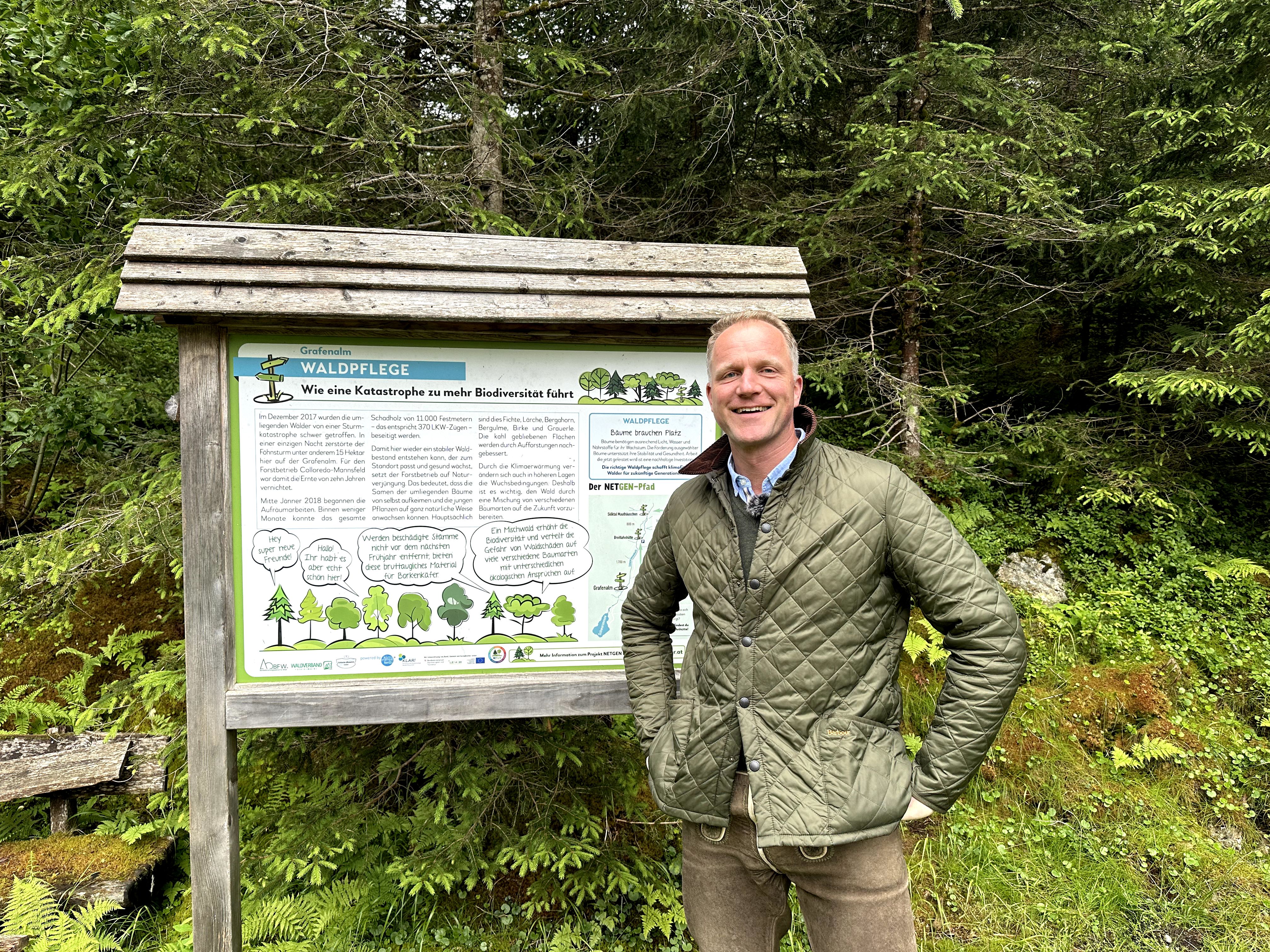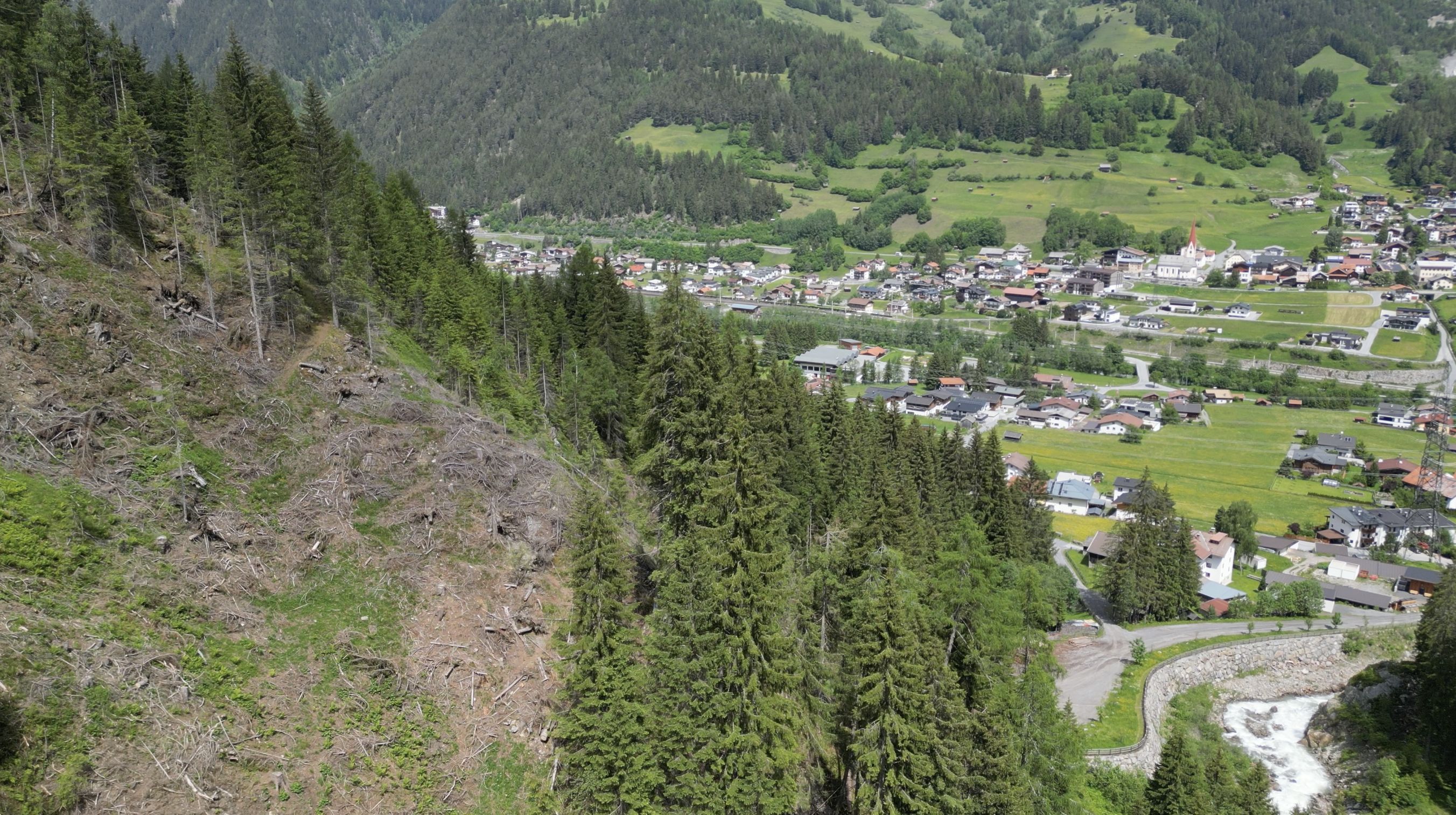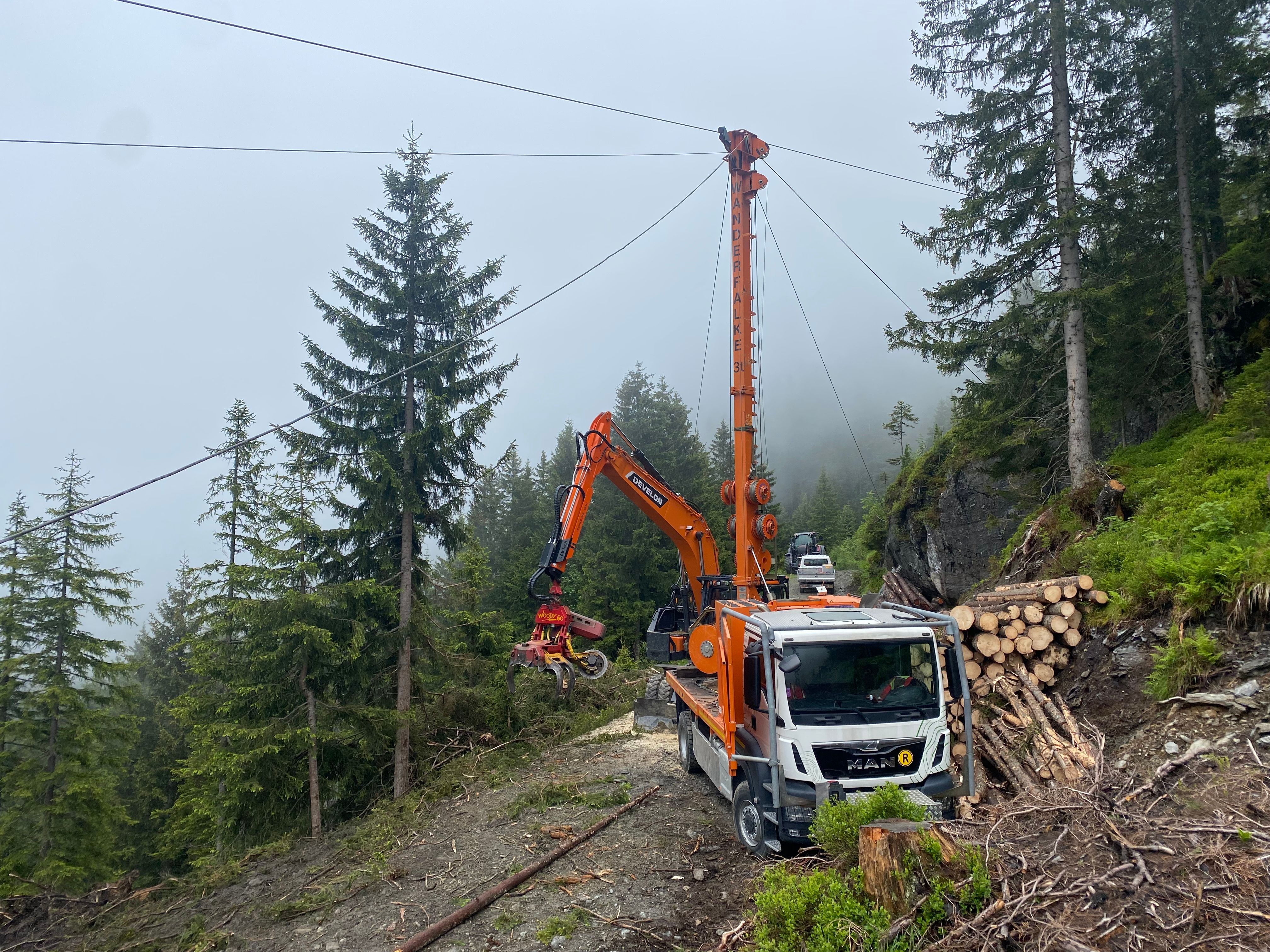In the first blogpost in the "Sustainable forestry in Europe" blog series, we discussed the principles of sustainable forest management, ranging from the establishment and maintenance of forests to biodiversity, conservation and carbon storage. We have also highlighted the challenges facing the forestry industry in the second blogpost. These include unstable single species stands, high game densities and more frequent, more intensive calamities. In this final part, we discuss the important role of forest climate protection projects in future forest management.
Learn more about
-
What benefits are associated with sustainable forest management
-
Why forest owners need additional sources of income
-
How Tree.ly’s carbon projects support forests
Forest management is essential in order to fulfill the diverse needs of people and nature. Sustainable forest management by forestry companies not only ensures that the resource wood is produced in a responsible manner, but also protects roads and residential areas from natural hazards and enables recreational activities in the forest. At the same time, the habitat for numerous animal and plant species is preserved. Targeted maintenance measures preserve the forest in the long term and safeguard its diverse ecosystem services.
Income for forestry companies is generated almost exclusively from timber harvesting. Many other services provided by forest owners have not yet been remunerated or are only covered by public funding. For example, the consideration and non-utilisation of particularly ecologically valuable areas, targeted measures to preserve the deadwood habitat, or the promotion of special secondary tree species that are ecologically valuable but economically uninteresting. Forest owners also actively support the welfare function of the forest and not only create infrastructure for forest visitors, but also often participate in educational forest trails, such as the NETGEN trail in the forestry office Gstatt.
 Figure 1: Paul-Josef Colloredo-Mannsfeld, Managing Director of the Forestry Office Gstatt, in front of one of the information signs for the NETGEN trail, which help educate visitors about forest management.
Figure 1: Paul-Josef Colloredo-Mannsfeld, Managing Director of the Forestry Office Gstatt, in front of one of the information signs for the NETGEN trail, which help educate visitors about forest management.
One of the most valuable services offered by forest management in Austria is the extensive management of protection forests, which covers 42 percent of the forested areas. The community benefits from services such as protection against avalanches, rockfall, erosion and flooding. In our projects with the municipalities of Pettneu and Schnann, for example, almost 90 percent of the area is protected forest. Without the protection functions, the accessibility and therefore the habitability of these communities would not be possible.
 Figure 2: The picture shows an area in the municipality of Pettneu that has been damaged by windthrow. Such damaged areas are particularly problematic in protection forests, as their protective effect against natural hazards such as avalanches or landslides can be severely restricted or even eliminated. Protection forests are crucial for safety in valleys, as they fulfil important functions to protect the land from natural risks.
Figure 2: The picture shows an area in the municipality of Pettneu that has been damaged by windthrow. Such damaged areas are particularly problematic in protection forests, as their protective effect against natural hazards such as avalanches or landslides can be severely restricted or even eliminated. Protection forests are crucial for safety in valleys, as they fulfil important functions to protect the land from natural risks.
Due to the often extreme terrain conditions of the protection forest areas, no profitable forestry can take place on them. Nevertheless, the protection forests, like productive forests, must be planted, maintained and preserved in order to guarantee their function. Income from timber harvesting on productive forest areas must be used for the expensive maintenance of protection forest areas in order to maintain and fulfil their function.
The future of forest management: new income requirements and forest climate protection projects
Due to the increasingly difficult situation in forestry, income from timber harvesting is uncertain for the future. Climate change, damaging events and economic uncertainties pose major challenges. (Read more in our second part of the series). In the future, there will be a lack of income from spruce, which has been labelled the "bread and butter tree" of forestry up to now. This tree species occupies a large area on many stands, but is nowadays susceptible to damaging events such as windthrow and beetle calamities due to increasing weather extremes. Despite these challenges, forests must be systematically converted into stable mixed stands in order to be available for future generations.
Like our project partner, the Kappa-Privatstiftung, for example, most companies have been exclusively occupied with processing damaged timber for months and are unable to carry out regular thinning. Due to the recurring environmental events and the associated high volume of damaged timber, timber prices have been low for years. The sale of timber usually just covers the harvesting costs. The existence of many businesses is only made possible by the existing public subsidies for forestry measures.
 Figure 3: For months, our Kappa Private Foundation project has been processing damaged wood in the forest. Regular harvesting measures can therefore not be carried out at the moment.
Figure 3: For months, our Kappa Private Foundation project has been processing damaged wood in the forest. Regular harvesting measures can therefore not be carried out at the moment.
The demand for additional and alternative sources of income to traditional timber harvesting is therefore growing. At a time when the challenges facing the European forestry industry are increasing, it is crucial to develop innovative solutions and drive forward the monetisation of ecosystem services.
Forest carbon offset projects with Tree.ly offer such an alternative. Through improved forest management and the preservation and additional storage of carbon, forest owners can generate additional income through carbon credits. These proceeds must be contractually reinvested in the forest. This allows forest owners to diversify their sources of income, preserve the ecological functions of forests, while combining sustainable forest management and timber production with long-term carbon storage. The forest carbon offset projects are made possible by voluntary financial support from the business community and private individuals. Companies and individuals can purchase CO₂ credits to support local forests and make an active contribution to climate protection. Through this cooperation between companies, forest owners and stakeholders, we can ensure a sustainable future for our forests while at the same time fulfilling ecological, social and economic requirements for the forests.


